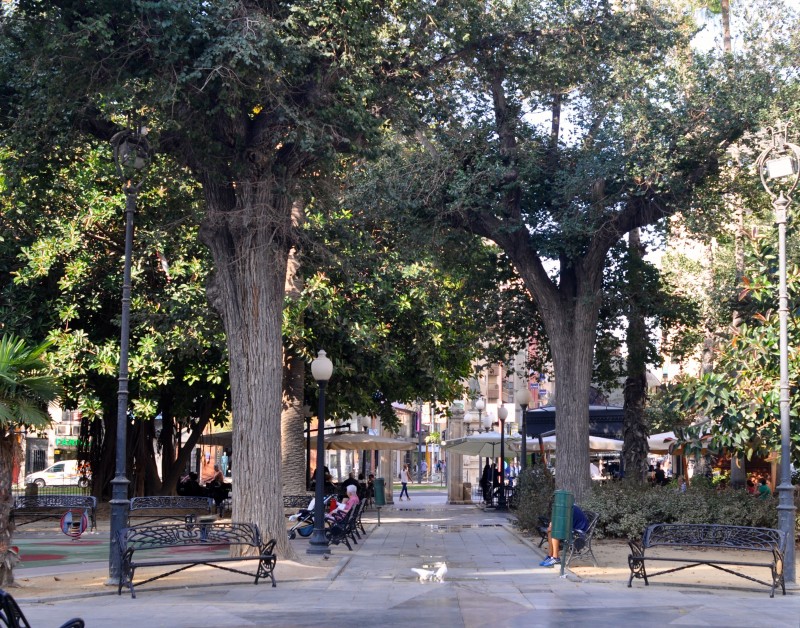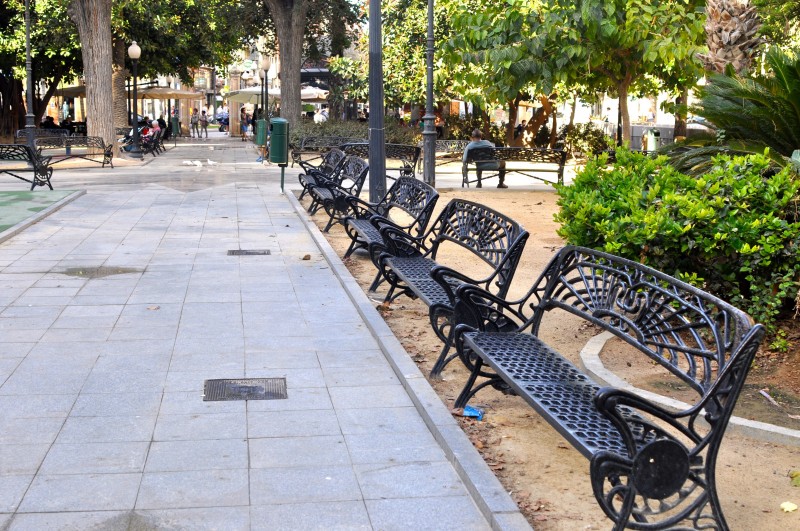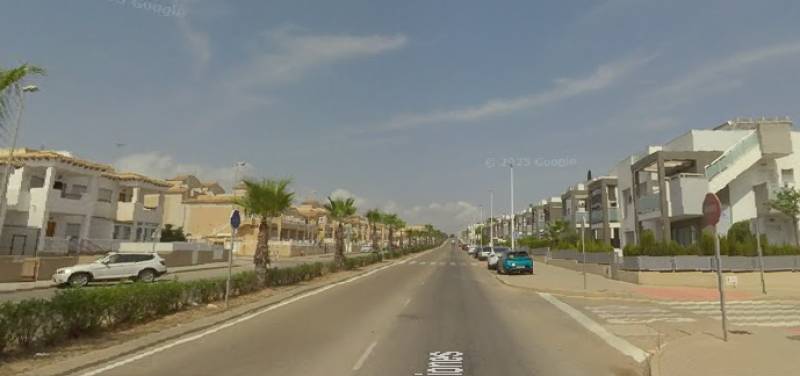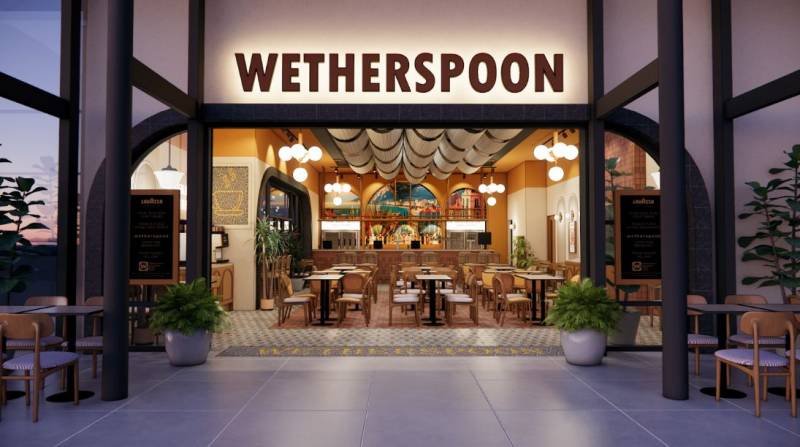

- EDITIONS:
 Spanish News Today
Spanish News Today
 Murcia Today
Murcia Today
 Alicante Today
Alicante Today
The Plaza de Calvo Sotelo in Alicante City
The Plaza de Calvo Sotelo has a fascinating history
The Plaza de Calvo Sotelo, formerly known as La Plaza de San Francisco, is situated at the top of Avenida de Maisonnave and just off the Avenida de Federico Soto, in the heart of Alicante city.

During the 15th century this area was the fishing district of the city due to its close proximity to the sea and the port, and was mainly agricultural land where residents grew their crops. In 1440, the Catholic community, Los Padres Franciscanos, built a chapel in the area, which existed until 1514. In this year they moved to a new building nearby at the foot of the pre existing hill, which was known to the residents of Alicante as ‘la Montañeta’, an area that is now the joining square called Plaza de la Montañeta.
At the beginning of the 18th century, construction plans were initiated to build the long, straight roads Calle de Gerona and Calle San Francisco which border the square. A year later, in 1810, a large gate with a drawbridge was constructed in front of the plaza, and this was famously the place from which Queen Isabella II of Spain entered the city on the 25th May of that year, to inaugurate the first railway which ran from Alicante to Madrid.

At the top of the gate there was a black memorial stone made of marble on which was engraved : “Alicante made these fortifications to protect Fernando VII, 1810” who was the King of Spain during this period. The gate was later destroyed in 1861.
In 1854 there was a major cholera outbreak (see Plaza de Abad Penalva), causing the death of 1964 Alicante civilians.
The plaza contains a statue which was erected to honour military officer and former mayor of Alicante, Eurgenio Barrejón, who .helped to revive the spirits of the city of Alicante after this period of hardship, when his predecessor, Trino González de Quijano died from the cholera infection.
In 1872 a block of houses was built around the square, and on the 14th April of 1939 the plaza was renamed Calvo Sotelo in memory of José Calvo Sotelo, a Spanish politician during the Second Spanish Republic. Members of the Guardia de Asalto police unit unexpectedly murdered Sotelo the day after a Parliamentary meeting with the Popular Front Government, arousing many suspicions in government, mistrust, and consequently playing a great part in triggering the start of the Spanish Civil War.

Many public figures from Alicante were also born or lived in this area, including the poet Salvador Sellés, the musician Oscar Esplá and the famous doctor Más Magro, known for his works dedicated to Leukemia, resulting in him being dominated for the Nobel Prize of Medicine in 1953.
It was also in the Plaza de Calvo Sotelo where the official football club of Alicante, Hércules, was inaugurated. The coach, Vicente Pastor used to hold the team meetings around the square during the summer evenings on the stone benches that surround the statue of Eugenio Barrejón.
Today the plaza de Calvo Sotelo is a popular place to stop off for a break after shopping along the Avenida de Maisonnave, with a large bar at one end of the plaza that has plenty of outdoor seating. There is also a colourful play area for children with slides and climbing frames, as well as numerous places to sit and relax with rows of benches on either side of the plaza and tall trees offering shade during the hottest parts of the day.
Just to the side of the square is the entrance to the underground parking that runs all the way along the Avenida de Maisonnave.
Click here for more information about visiting the City of Alicante, including what's on and where to go: Click for the dedicated Alicante City section






























